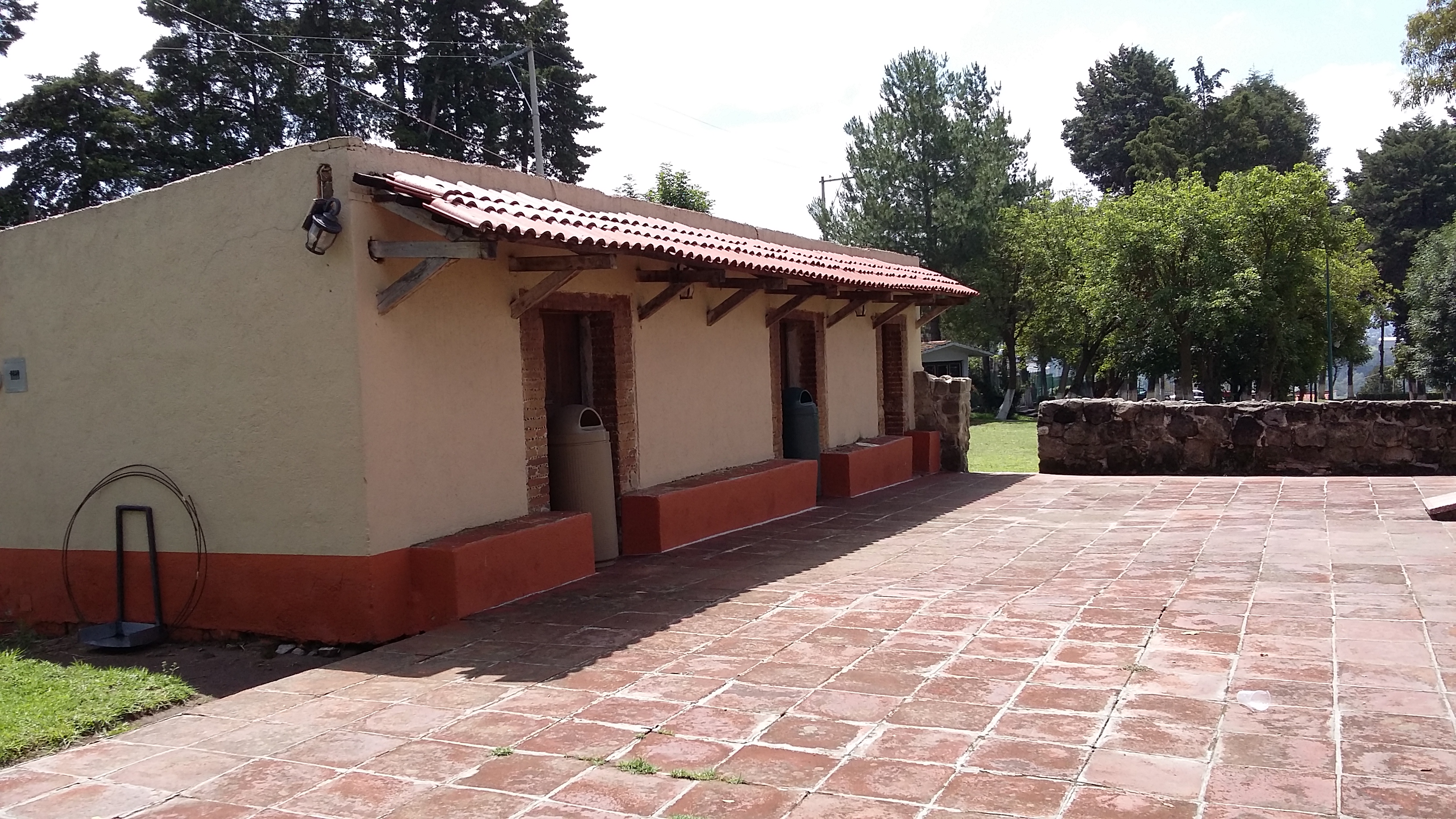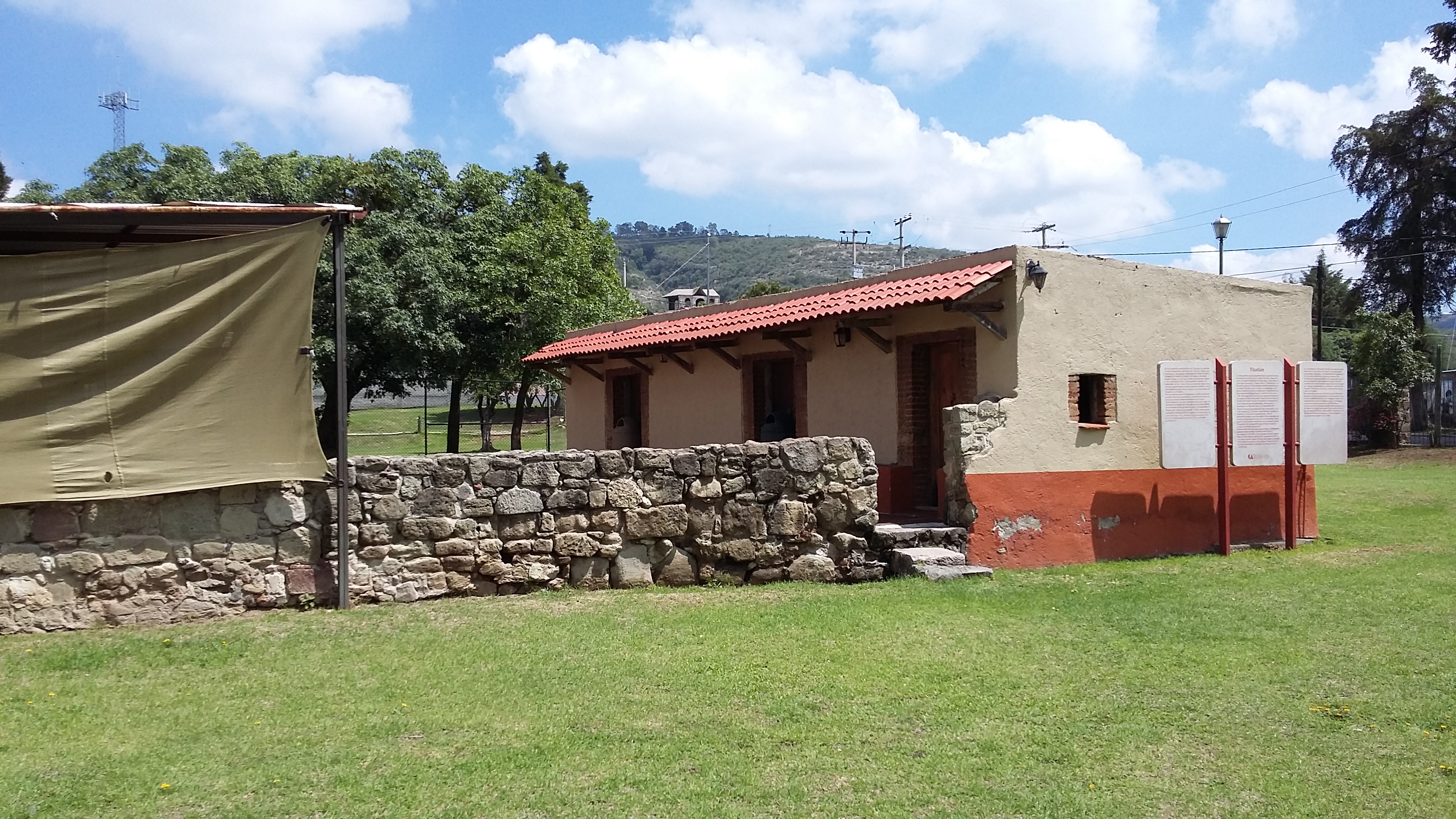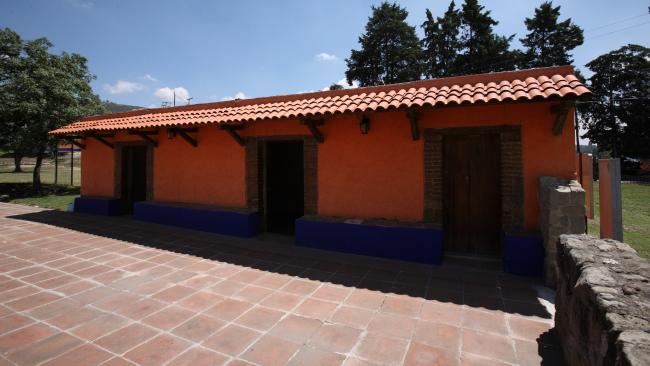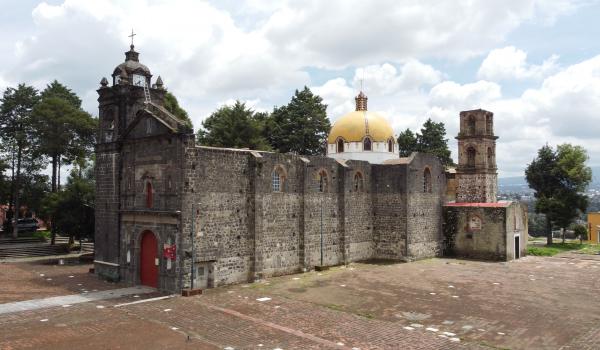Visit us
Museo de Sitio de Tizatlán
Opening hours
Tuesday to Sunday from 09:00 to 17:00 h - Last entry 16:00 h
Fee
Sin costo Visitantes nacionales
Sin costo Visitantes extranjeros
Visitas fuera de horario normal de operación $730.00
Visits outside of normal operating hours $730.00
Aditional Fees
- Included in the entrance to the Archeological Site
Adress
Xicoténcatl Street, no number
Centro neighborhood, Zip Code 90100, San Esteban Tizatlán,
Tlaxcala, Tlaxcala, Mexico.
Services







Important
- Sundays free for mexican citizens
- Free entrance for Mexicans under 13 years old
- Free entrance for Mexican students and teachers
- Free entrance for Mexican senior citizens
- No smoking
- No entry with food
- Pets not allowed







